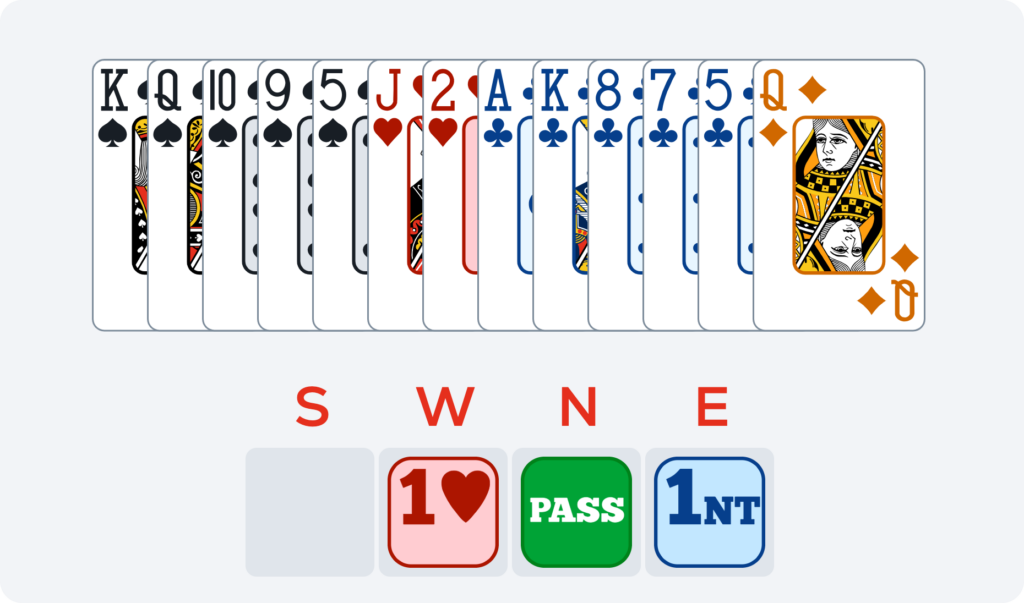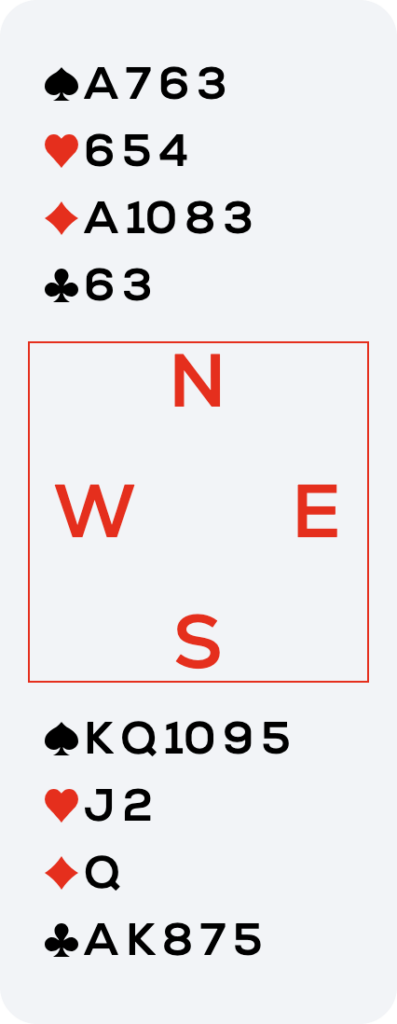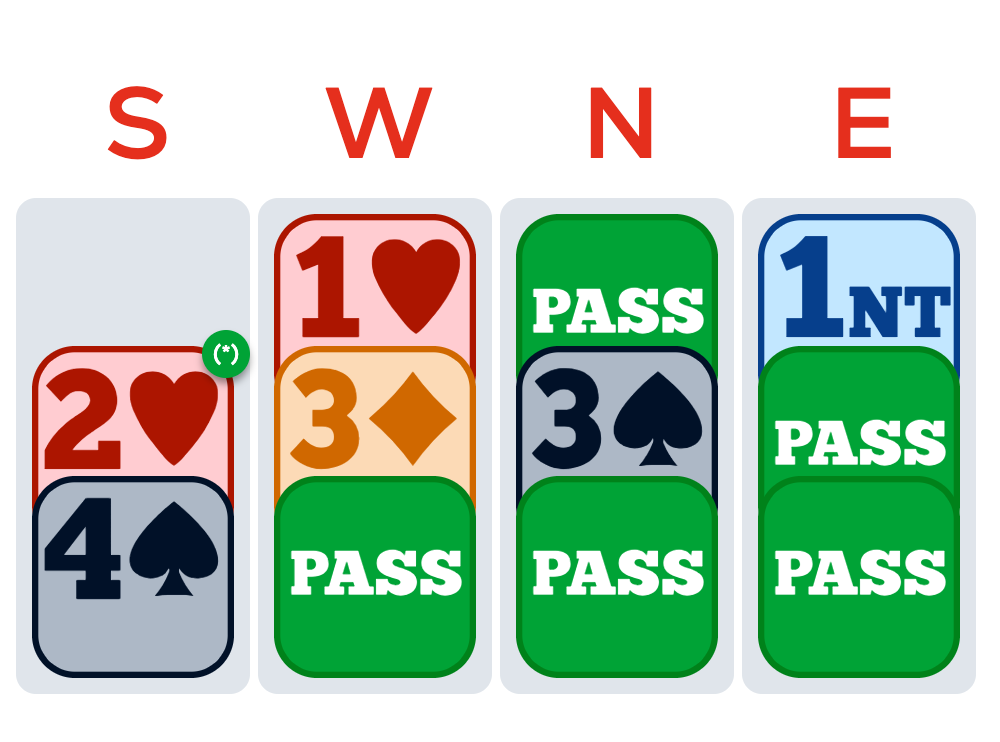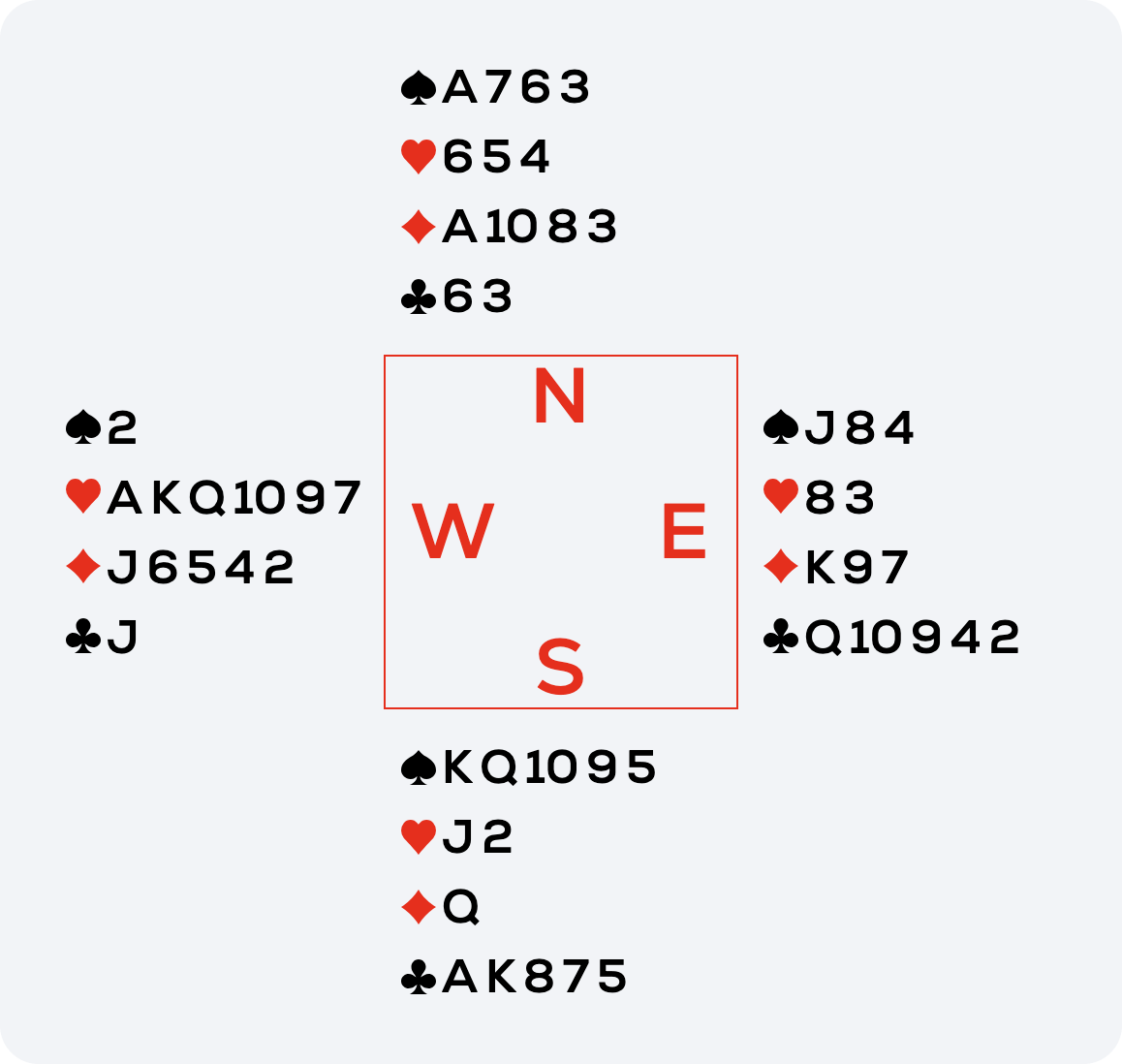
Remember the bidding

Who said that only grand champions could write bridge articles? A few months ago, Funbridge launched a brand-new format of articles that allow talented players to share their expertise on the deals that inspire them the most. We have the pleasure of presenting you with a captivating article below that was written by one of the members of our community.
Zoom in on the author
Yoram Aviram is an experienced bridge player and a former member of the Israeli Junior and Open teams with several achievements on the national and international scenes.
Yoram left the game many years ago to focus on family and work (in the field of computerised trading of financial instruments) and switching hobbies from the mind sport of bridge to the physical sport of competitive road cycling.
He returned to his old passion and adopted Funbridge as the platform on which to refresh his old skills.
He is happy to share deals of particular interest with the Funbridge community on the blog.
Remember the bidding
Sometimes the bidding can help declarer infer the opponents’ distribution, which can lead to an “unnatural” line of play as if declarer could see their cards.
An example of this is the following deal played in a weekly 30-deal MP tournament:

West opened 1♥, East responded 1NT and using the Michaels convention, I called 2♥, a cuebid showing a two-suiter in spades and one of the minors. West now bid 3♦ and partner supported me with 3♠. East passed and having some extras, I said 4♠, which ended the bidding.
East led the ♥8 and my hand became the dummy:


The hands fitted well and it seemed that developing the club suit might even bring an overtrick. West won the first trick with the ♥Q and continued with the ♥A. East followed with the 3. West continued with the ♥7, East discarded the ♦7 and I ruffed.
Time to think. West showed ♥AKQ1097 but his second bid was 3♦. Would West bid 3♦ with only four “broken” diamonds? Wouldn’t West prefer to bid 3♥ with his good six-card suit? It seemed unlikely, so I believed that they had five cards in diamonds, i.e. at least 6-5 in the red suits. Of course, it followed that West had maximum two black cards. So, drawing trumps and developing long clubs by ruffing wouldn’t work.
A cross-ruff seemed to be a better proposition. How many trumps, if any, should I draw? Not drawing any trumps seemed clearly wrong. West could ruff a club early and besides, only three clubs needed to be ruffed in North’s hand, so at least one round could be safely drawn. It seemed safe to begin with the king. Everyone followed with small spades. Should I draw one more round? I did not think so. If spades were 2-2, then clubs were 6-0. If I drew one more round of spades, only two clubs could be ruffed in dummy and one would be lost. If I immediately played a top club, West could ruff, but having no more spades, they couldn’t prevent me from cross-ruffing the rest. Anyway, the result would be the same: ten tricks. If, on the other hand, West had one in each black suit, drawing another round of trumps would cost me a trick because clubs were 5-1 and only two could be ruffed in dummy.
So I played a top club. Both opponents followed, West with the jack. Then I played the other top club. West discarded the ♥9. I was right! West’s distribution was 1-6-5-1. I continued to cross-ruff the rest and ended up with eleven tricks.
With the cards revealed, this was the position after one round of trumps:


Declarer cashed the top clubs, West failed to ruff and cross-ruffed the rest.
The four hands:

The key to this deal was to remember the bidding, draw the right conclusions and plan the play accordingly.
Eleven tricks were worth 97.7%. Ten were worth 75.6%. Still a good score, but the way to win MP tournaments is to work for every possible trick.
What is the concept behind community articles?
Would you also like to write an article? At Funbridge, we like giving our players a voice. In this format of articles, it is you who write the content. If you notice a deal that you find particularly interesting and that you would like to share with the Funbridge community, tell us in a comment below! We will get back to you quickly.

Content Manager
What did you think of this article?
Share your opinion in the Comments section below.





Loved it
Excellent analysis as always by Aviram1.